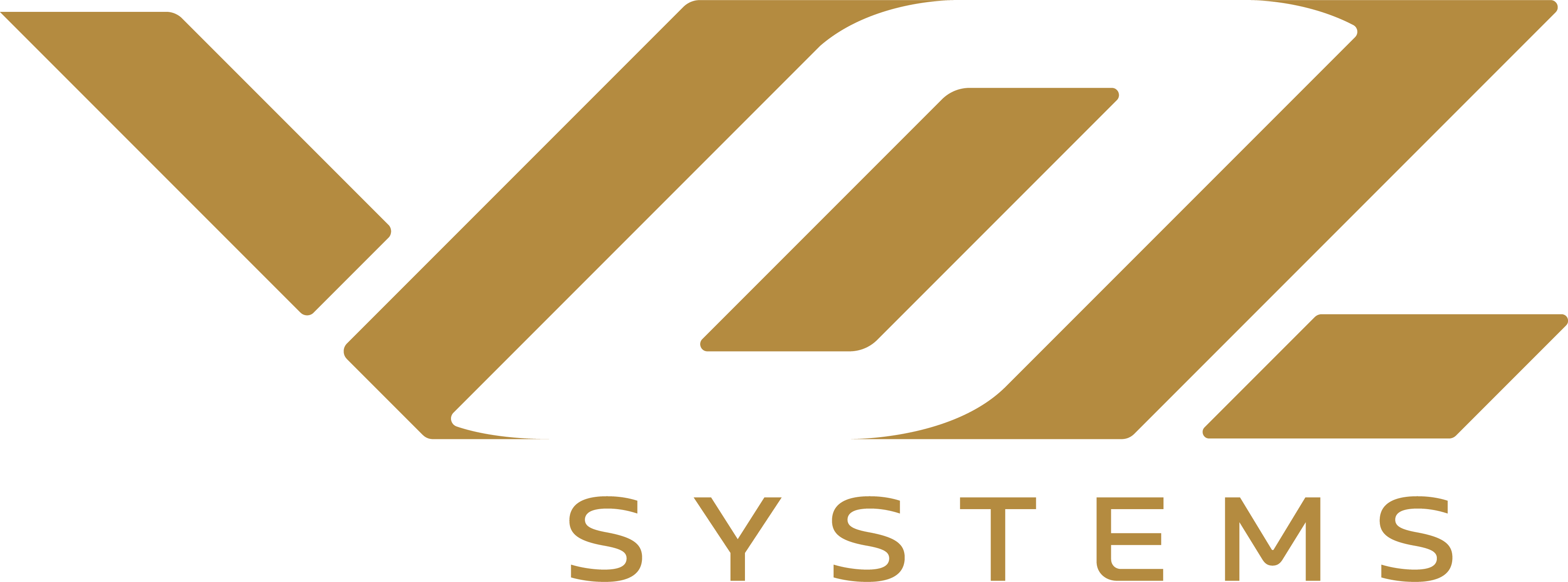Nowadays, success isn’t just about hitting targets or leveraging the latest technology—it’s about investing in people. Employees who feel valued, supported, and given the tools to grow are more engaged, productive, and likely to stay. That’s where thoughtful employee growth plans come in. These plans aren’t just HR buzzwords; they’re the foundation of building a team that’s motivated and aligned with your organization’s goals.
But the benefits go beyond the workplace. Providing employee opportunities for growth doesn’t just enhance skills—it shows your team that their success matters. In this blog, we’ll explore why growth plans are essential, how they drive retention and morale, and share actionable tips on how to improve career development in an organization to build a thriving, forward-thinking workforce.
Key Components of a Successful Employee Growth Plan
Building effective employee growth plans requires more than good intentions—it demands a structured approach that supports both individual aspirations and organizational objectives. Here are the essential components of a growth plan that drives success:
1. Personalized Goals
No two employees are the same, and neither are their career aspirations. A successful growth plan starts with understanding each employee’s unique strengths, interests, and long-term goals. By aligning these with the organization’s needs, you create a mutually beneficial roadmap that fosters motivation and engagement.
2. Skill Development Opportunities
Employees need the right tools to grow. Whether through formal training programs, workshops, certifications, or on-the-job learning, providing diverse skill-building opportunities ensures they stay equipped to meet evolving industry demands.
3. Mentorship and Coaching
Having access to a mentor or coach can accelerate professional development. Mentors provide guidance, share insights, and offer support that empowers employees to navigate challenges and achieve their goals.
4. Regular Feedback and Progress Reviews
Continuous feedback is essential for growth. Regular check-ins and performance reviews allow employees to track their progress, celebrate milestones, and address areas for improvement. This two-way communication fosters transparency and trust.
5. Clear Career Pathways
Employees are more likely to stay motivated when they can envision their future within the organization. By mapping out potential career trajectories and outlining what it takes to advance, you give employees a sense of purpose and direction.
6. Opportunities for Cross-Functional Experience
Allowing employees to explore roles outside their immediate teams broadens their skill sets and perspectives. Cross-functional experience not only benefits individual growth but also promotes collaboration and innovation across departments.
7. Access to Resources and Tools
Growth plans should be supported with the necessary resources—whether it’s access to e-learning platforms, industry conferences, or project management tools. Making these readily available demonstrates the organization’s commitment to employee development.
By incorporating these components into a growth plan, organizations can empower their teams to thrive, fostering a culture where both individuals and the company can achieve their full potential.
The Importance of Providing Employee Opportunities for Growth
Creating an environment that prioritizes employee opportunities for growth is essential for building a thriving organization. Growth opportunities not only benefit individuals but also contribute significantly to an organization’s success by fostering a motivated, skilled, and loyal workforce.
1. Boosting Engagement and Productivity
When employees have access to growth opportunities, they feel empowered and valued. This sense of appreciation translates to higher levels of engagement and productivity. Employees who see a clear path for development are more likely to take initiative, exceed expectations, and actively contribute to organizational goals.
2. Strengthening Employee Retention
Retention is a critical challenge for many organizations, and a lack of development opportunities is one of the main reasons employees leave. Providing pathways for growth ensures that employees see a future within the organization, reducing turnover and the costs associated with hiring and training replacements.
3. Driving Innovation and Adaptability
A workforce that continuously learns and grows is more adaptable to industry changes and challenges. Employees equipped with up-to-date skills and knowledge bring fresh ideas to the table, fostering innovation that drives the organization forward.
4. Enhancing Organizational Reputation
Organizations that prioritize growth opportunities often gain a reputation as desirable employers. Job seekers are drawn to companies known for investing in their employees, making it easier to attract top talent.
5. Building a Collaborative and Dynamic Culture
Opportunities for growth promote collaboration and communication across teams. As employees expand their skill sets and take on new challenges, they become better equipped to work together, share knowledge, and contribute to a positive workplace culture.
Providing employee opportunities for growth is not just a strategic move—it’s a commitment to creating a workplace where individuals and the organization thrive together. This investment fosters loyalty, innovation, and long-term success, ensuring both employees and the business are prepared for the future.
How to Improve Career Development in an Organization
Investing in career development is crucial for fostering a motivated, skilled, and committed workforce. By creating opportunities for growth and advancement, organizations can enhance employee satisfaction, productivity, and retention. Here are actionable strategies on how to improve career development in an organization:
1. Cultivate a Learning Culture
Organizations should create an environment where continuous learning is valued and encouraged. Offer access to professional development programs, workshops, and online courses. Encourage employees to pursue certifications and attend industry events to stay ahead of trends and build expertise.
2. Provide Clear Growth Pathways
Employees are more motivated when they can envision their future within the organization. Define clear career paths for various roles, outlining the skills, experience, and accomplishments required for advancement. Transparency in growth opportunities fosters trust and engagement.
3. Foster Strong Leadership Support
Managers play a pivotal role in employee development. Train leaders to act as mentors and career coaches, helping employees set realistic goals and providing guidance to achieve them. Leadership support ensures employees feel valued and supported in their career journeys.
4. Encourage Cross-Functional Experiences
Allow employees to explore roles or projects outside their immediate teams. This not only broadens their skill sets but also helps them develop a deeper understanding of the organization. Cross-functional experiences can spark innovation and improve collaboration.
5. Recognize and Reward Development Efforts
Celebrate employees who actively pursue growth. Recognize achievements such as completing training programs, earning certifications, or contributing to major projects. Rewards and recognition reinforce the importance of career development.
6. Invest in Mentorship Programs
Pairing employees with mentors fosters professional growth and builds strong relationships within the organization. Mentors provide guidance, share insights, and help mentees navigate challenges, ensuring they stay on track with their career goals.
7. Leverage Technology for Development
Use tools such as learning management systems (LMS) to streamline training, track progress, and personalize development plans. Technology can make career development more accessible and effective for employees at all levels.
8. Encourage Feedback and Goal Setting
Regular feedback sessions and goal-setting meetings help employees assess their progress and identify areas for improvement. Open communication between employees and managers ensures development plans remain aligned with personal aspirations and organizational goals.
By implementing these strategies, organizations can create a robust framework for career development that benefits both employees and the company. A commitment to growth fosters loyalty, boosts morale, and positions the organization as a leader in cultivating top talent.
Measuring the Success of Growth Plans
Implementing a growth plan is only half the battle—measuring its success is equally important to ensure it delivers meaningful results for both employees and the organization. By evaluating the effectiveness of these plans, organizations can identify what’s working, refine their strategies, and maximize the benefits of investing in employee development.
1. Track Employee Retention Rates
A clear indicator of a successful employee growth plan is improved retention. When employees feel supported in their career development, they are more likely to stay with the organization. Monitoring turnover rates before and after implementing growth initiatives can reveal their impact.
2. Monitor Performance Improvements
Regularly assess how employee performance aligns with organizational goals. Improved productivity, higher quality of work, and increased innovation are signs that the employee growth plans are helping team members enhance their skills and contribute more effectively.
3. Gather Employee Feedback
Direct feedback from employees offers invaluable insights into the success of growth plans. Conduct surveys, one-on-one meetings, or focus groups to understand how employees perceive their development opportunities and identify areas for improvement.
4. Evaluate Skill Advancement
Track the progress of skills that employees gain through training programs, certifications, or mentorship. This can include measurable outcomes like certifications completed or new skills applied on the job.
5. Measure Engagement and Satisfaction
High employee engagement and satisfaction levels often indicate that growth plans are resonating. Tools like employee engagement surveys and pulse checks can help monitor these metrics over time.
6. Review Internal Promotion Rates
An increase in internal promotions is a strong sign that growth plans are effective. When employees are moving up within the organization, it shows they are acquiring the skills and experience needed to advance their careers.
7. Assess the ROI of Training Programs
Measure the return on investment (ROI) for training and development initiatives. This can include tangible benefits like cost savings from improved productivity or reduced turnover, as well as intangible benefits like enhanced innovation and stronger team collaboration.
8. Set and Review Milestones
Establish clear milestones for growth plans and regularly review progress. Whether it’s achieving a new role, mastering a skill, or completing a project, these milestones provide concrete indicators of development.
By using these metrics and approaches, organizations can ensure their growth plans are not just well-intentioned but also impactful. Measuring success allows companies to fine-tune their strategies, maximize employee potential, and create a culture where continuous improvement thrives.
Invest in Growth, Reap Organizational Success
A well-structured employee growth plan is more than a strategy—it’s a pathway to building a motivated, skilled, and loyal workforce that drives long-term success. By fostering opportunities for learning, providing clear career pathways, and measuring the impact of development efforts, organizations can create a thriving environment where employees and business objectives align seamlessly.
At VOL Systems, we understand that empowering individuals fuels collective success. Our commitment to fostering employee growth through tailored development plans and continuous mentorship ensures our team members are equipped to excel and contribute meaningfully. Join us in creating a culture where growth isn’t just encouraged—it’s celebrated. Let VOL Systems inspire you to elevate your workforce and achieve your organizational goals.

